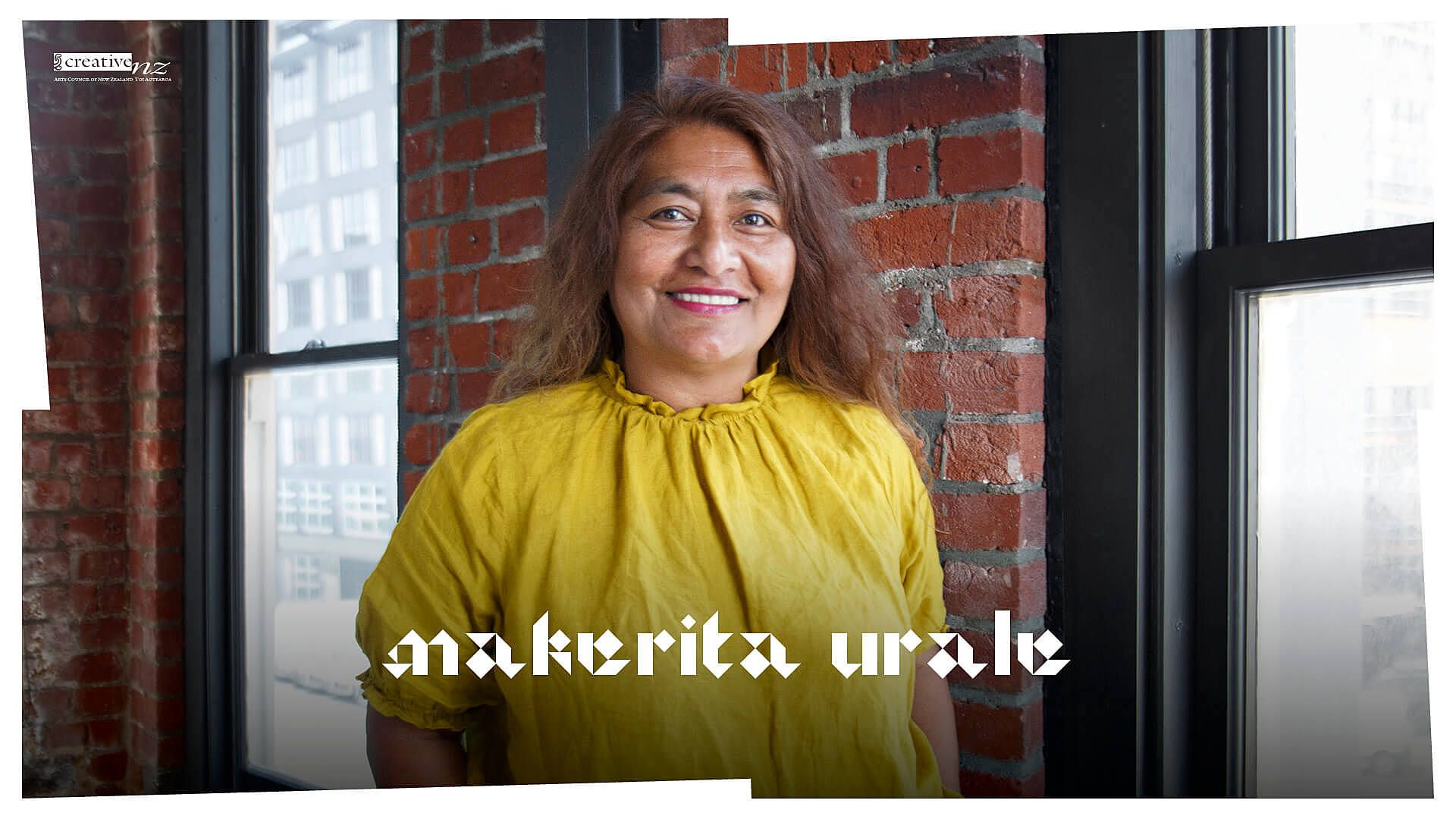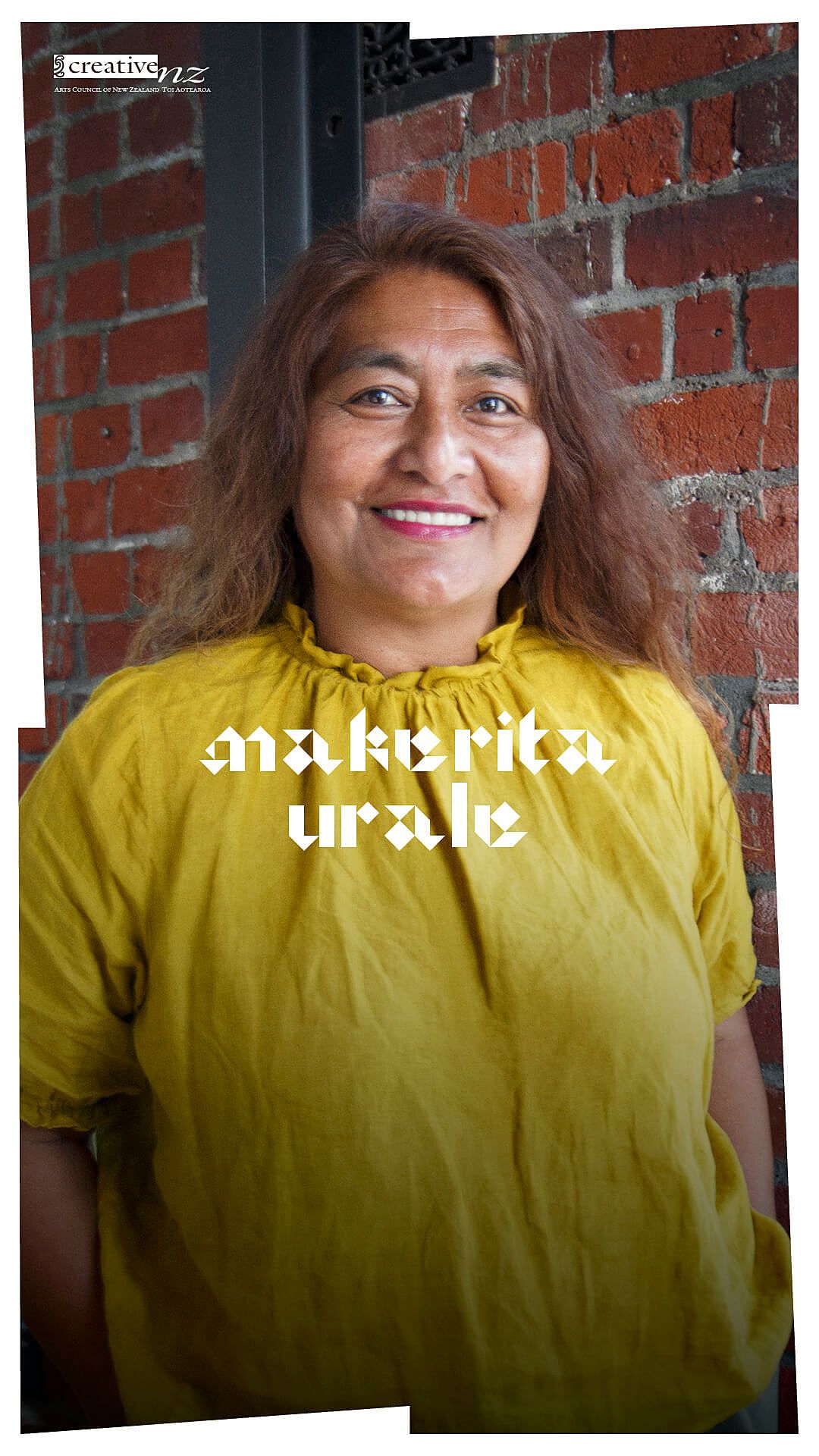Tautua, in Service
Makerita Urale writes on being an artist in an institution, after she became part of the senior leadership team at Creative New Zealand.
We’re collaborating with Creative New Zealand to bring you the groundbreaking Pacific Arts Legacy Project. Curated by Lana Lopesi as project Editor-in-Chief, it’s a foundational history of Pacific arts in Aotearoa as told from the perspective of the artists who were there.
This piece was commissioned for the Dominion Post and published on Stuff.co.nz
As an artist, my entry into Creative New Zealand initially generated the same sense of alienation and bewilderment I experienced as a Pacific immigrant child leaving my dad’s village in Savai’i Island, for New Zealand. As an artist, working in government was a foreign land. Despite CNZ’s purpose to encourage, promote and support the arts I encountered a different world with a different language. It was the language of government, policy, guidelines, processes, systems and outcomes.
Back then in 2011, I was one of only a few staff who had worked as an artist. I was the only Pasifika staff member - with the word ‘’Pacific’’ in my job title. Since then, I’m proud that CNZ has evolved and progressed as an organisation. Today there are six Pasifika staff in different teams and now five additional Pasifika roles have recently been created.
Fluent in Samoan and having had to learn English as a child, I knew that to be effective in my job, I had to quickly learn a new language, the reo of government. I had to become a fluent speaker, so I could interpret this new world for artists, to help them access support. One foot in government, and one foot in community, intersecting circles between worlds.
The Samoan term ‘’tautua’’ means ‘’to serve’’. It means service to your ‘’aiga” (extended family), service to your village, service to your community.
Discovering in my first months at CNZ two simple words ‘’public servant”, anchored me and grounded me. I understood my purpose: I tautua and serve my arts village, my community.
I believe we need to grow our pool of creative leaders in government. Our challenge is to truly, respectfully co-design with communities so that the arts community, vulnerable and invisible voices, have a real voice in decision-making, policy, strategy and allocation of resources.
In the arts, there is light, hope and breathtaking beauty in innovation, courage and creativity.
Yet, during lockdown there were award-winning Pasifika artists with international careers packing shelves at Pak‘nSave. There is much work to do.
Like many other Pasifika and creatives, there is always the sense of legacy from those who have served our communities, both from our past and our present, with younger leaders to follow. I feel the weight of this whakapapa, across my arts and Pasifika whanau, the visionaries and dreamers who paved the way for me to be in my privileged position today: making space for community leaders to have a voice on decisions. We must continue to build on this legacy.
At CNZ we are kaitiaki of public money. I feel, with a great sense of accountability and obligation the need to do a good job for all New Zealanders. Giving space means looking around at those who are not at the table with us - like artists with the lived experience of disability, LGBTQI+, women, young people or other ethnic communities. We need all these voices so we can make systemic, transformative change. It’s as simple as words often spoken by one of my Pacific chiefs and mentors, Lumanuvao Dame Winnie Laban, a member of our governing Arts Council: “If you’re not at the table, you’re on the menu.”
Giving space to artists means strategic initiatives such as the Pacific Arts Legacy Project - started during lockdown and funded under CNZ’s Pacific Arts Strategy. Published by web platform Pantograph Punch, this series commissions artists to tell their own legacy, in their own words.
Giving space means looking around at those who are not at the table with us - like artists with the lived experience of disability, LGBTQI+, women, young people or other ethnic communities.
Giving space means having strategies to focus public money and resources towards change that paves the way to a better and fairer future. Art is the breath of life for society and for the cultural identity of Aotearoa.
*
This piece is published in collaboration with Creative New Zealand as part of the Pacific Arts Legacy Project, an initiative under Creative New Zealand’s Pacific Arts Strategy. Lana Lopesi is Editor-in-Chief of the project.
Series design by Shaun Naufahu, Alt group.
Header photo by Pati Solomona Tyrell.


